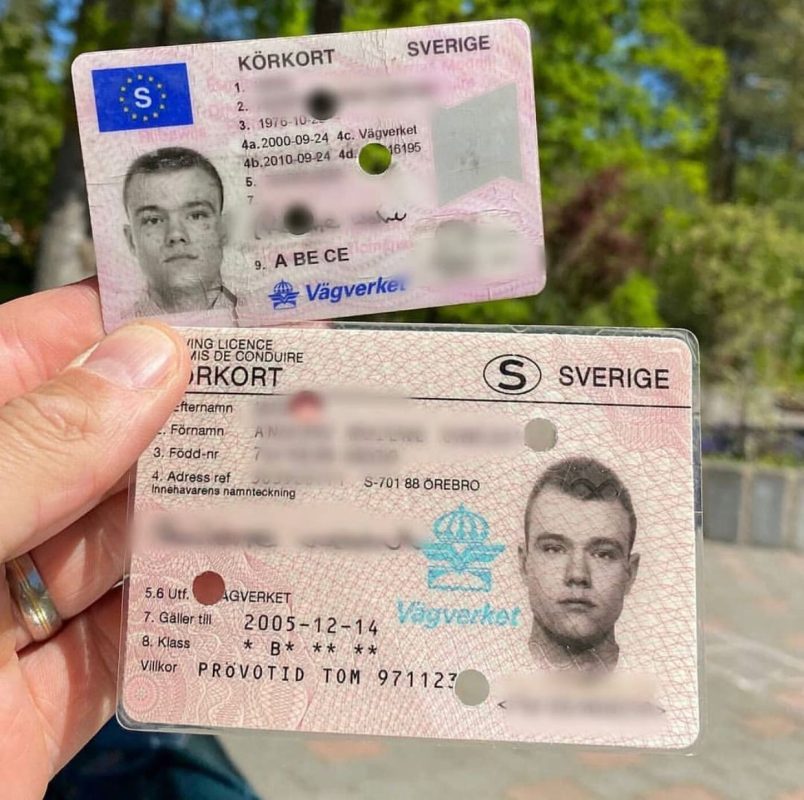A driving license is an important document for people who want to run a motor car legally. This guide aims to offer an extensive understanding of the driving license, including its types, requirements, application processes, and the significance it keeps in today's fast-paced society.
A driving license is a government-issued file that authorizes an individual to drive an automobile on public roadways. This license is vital not just for adherence to the law but likewise as a procedure of proficiency to ensure that chauffeurs have the required abilities to operate a vehicle securely.
Driving licenses vary by jurisdiction, and they can be classified into several types. Here's a breakdown:
| License Type | Description |
|---|---|
| Student's Permit | A provisionary license permitting brand-new chauffeurs to practice under particular conditions. |
| Complete License | A standard motorist's license allowing the holder to operate most kinds of lorries without constraints. |
| Business License | Needed for people wishing to run business trucks or buses. |
| Motorcycle License | Specially designated for operating motorbikes and motorbikes. |
| International Permit | Permits people to drive in foreign nations, supplied they have a legitimate nationwide license. |
Holding a valid driving license has several advantages:
The process of getting a driving license normally includes numerous actions, which can vary by region. Below is a basic outline of the actions to follow:
The following table highlights distinctions in requirements and functions of different types of driving licenses:
| Type of License | Age Requirement | Testing Requirements | Limitations |
|---|---|---|---|
| Learner's Permit | Varies, normally 15-16 | Written, vision | Needs a licensed grownup in the automobile |
| Complete License | Normally 18+ | Written, vision, practical | None (unless specific endorsements use) |
| Commercial License | Typically 18+ | Written, vision, practical, extra tests | Limited to industrial lorries just |
| Motorbike License | Varies, usually 16 | Written, vision, practical | Generally limited to motorbikes only |
| International Permit | 18+ | Valid national license needed | Valid in nations that acknowledge it |
The timeline varies by region and specific situations, however a simple procedure that consists of taking a course and completing tests might take several weeks to a couple of months.
In case of loss, report the occurrence to regional authorities and request a replacement through the relevant motor vehicle department.
Many countries need a legitimate nationwide license, and an international driving authorization is meant for use abroad. Constantly examine regional laws.
Yes, many places have actually finished licensing laws that impose constraints on younger motorists, such as traveler limitations and nighttime curfews.

Driving without a valid license can lead to fines, automobile impoundment, and even legal charges, körkortsintyg online depending upon regional laws.
In conclusion, acquiring a driving license is a significant milestone for many individuals. It requires a structured process designed to guarantee security and legality on the roads. Comprehending the types, significance, and application processes can empower potential motorists to browse their licensing journey with confidence. Whether for individual usage or expert purposes, a driving license is an important possession in the contemporary world.
No Data Found!

